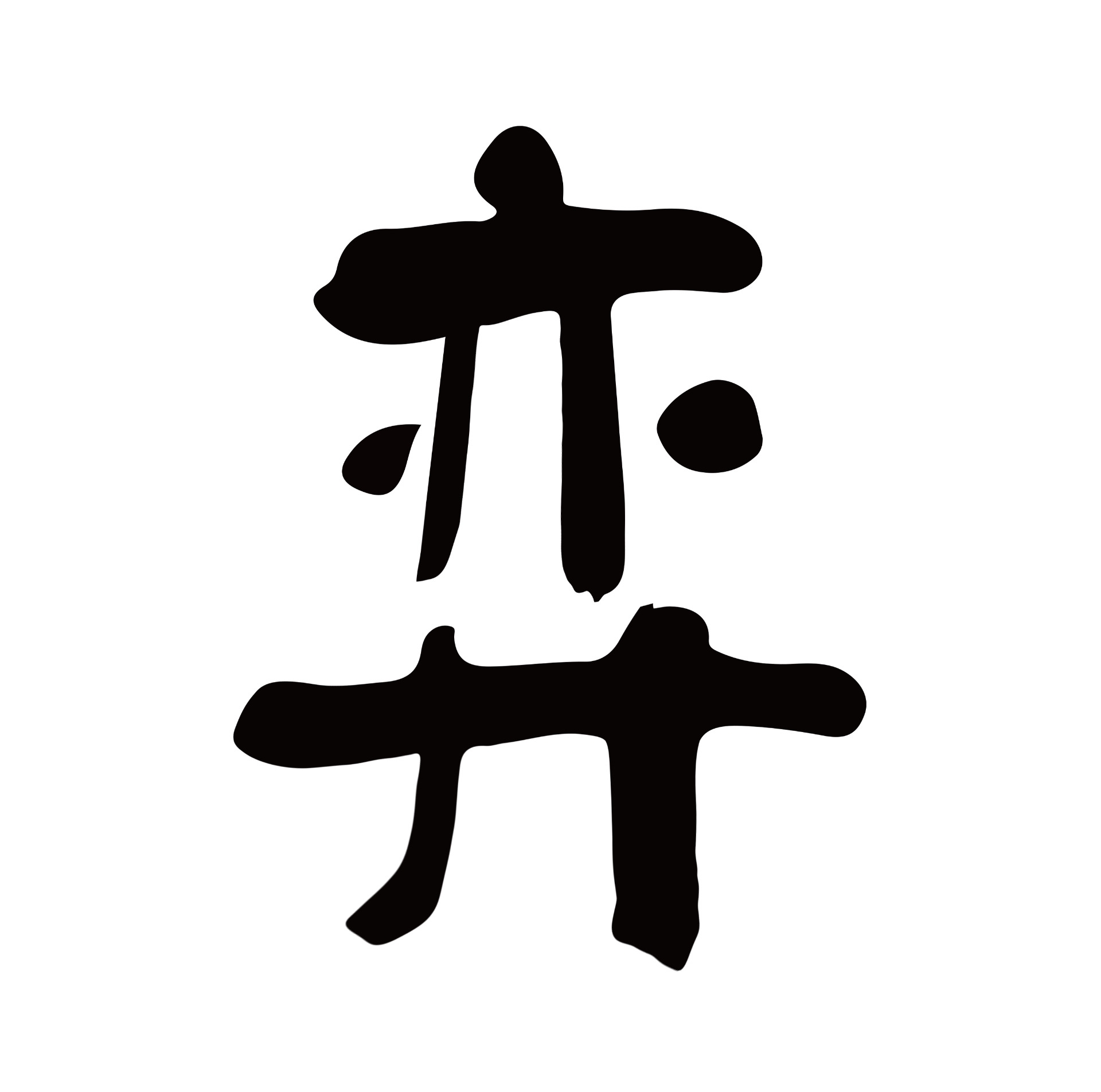
.


Did you play to conquer, or to understand?
你參與此局,是為了支配,還是為了洞察?
In the silence between black and white
A hidden self is waiting to be remembered
在黑與白的寂靜之間,一個隱藏的自己靜候被記起。

This is a game. But who is the opponent, and what are we truly seeking?
生命的博弈,對手是誰?我們在尋找的究竟是什麼?
Trans-composition is a poetic VR experience that invites participants into a contemplative house of life, a metaphoric space shaped by the philosophy of the ancient East game, Go. Here, dualities, black and white, light and shadow, self and opponent, quietly interweave.
Rather than seeking resolution, the experience unfolds as a meditative journey through space, memory, and rhythm. Meaning is not delivered, but discovered through motion and presence. The work offers no answers, only a space to sense, to read the narrative through the body.
It is a subtle invitation to return to something forgotten, something shared. Merging Eastern philosophy with immersive technology, Trans-composition becomes a universal reflection on perception, impermanence, and the shifting balance that shapes us.

。
"Many years later, I reminisce about this upcoming journey about to unfold."
多年以後,我又記起了這將啟的旅程。
。
Reviews
Trans-Composition, by Shiuan Yan, was recognized with the Interactivity Prize for its meditative and philosophically rich interface. Rooted in Chinese spiritual traditions, it crafts a surreal and contemplative journey through cycles of transformation.
— NewImages Festival Juries
"I had the pleasure of experiencing 'Trans-composition' by Shiuan Y (Taiwan), which felt like a beautiful dream you never want to leave. It's a gorgeous cultural voyage through an entire life, filled with moments of wonder and deep connection."
— Dr. VR
(Justin Baillargeon, Ph.D) Podcast
© 2025 Shiuan Yan Studio. All rights reserved.


